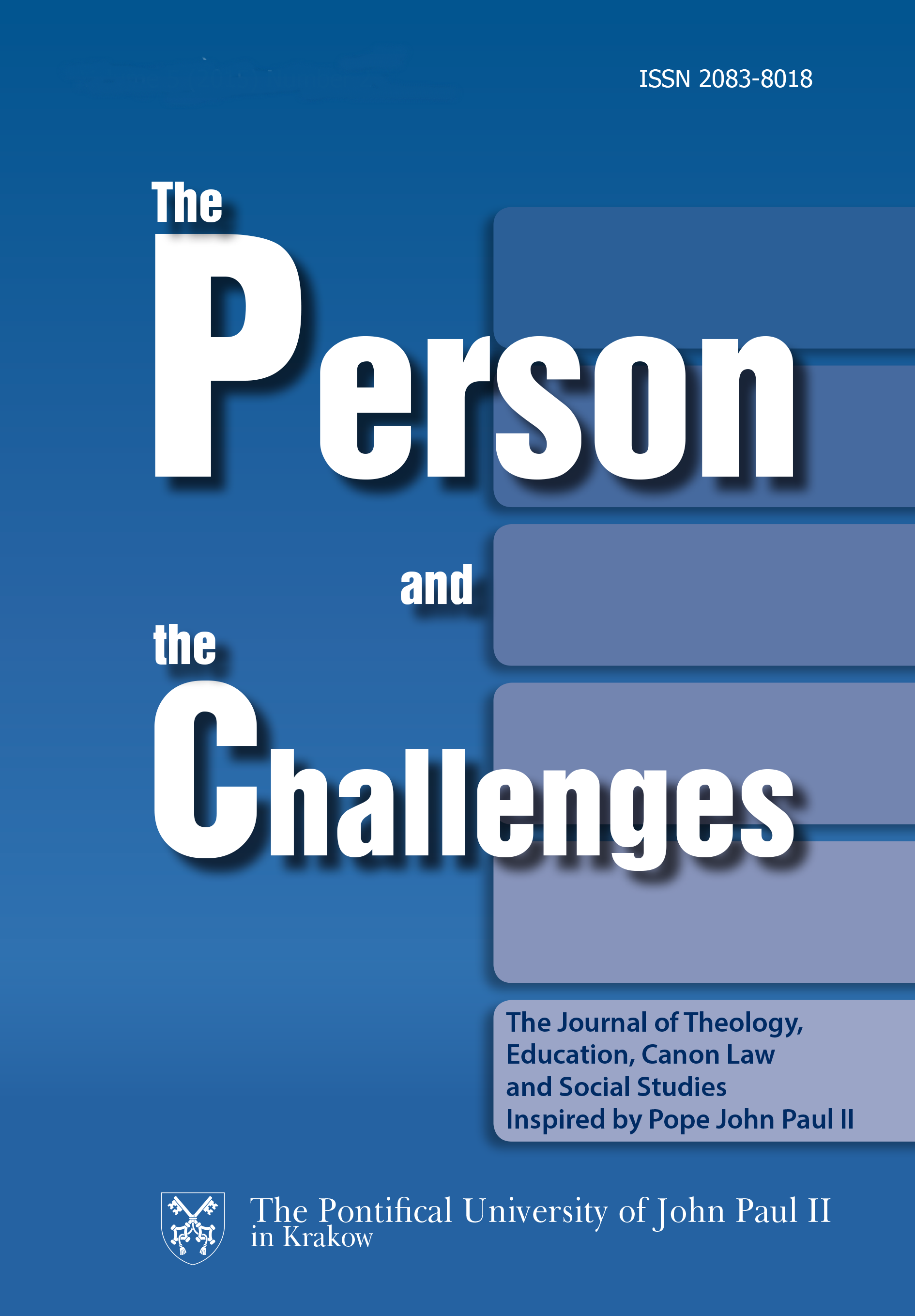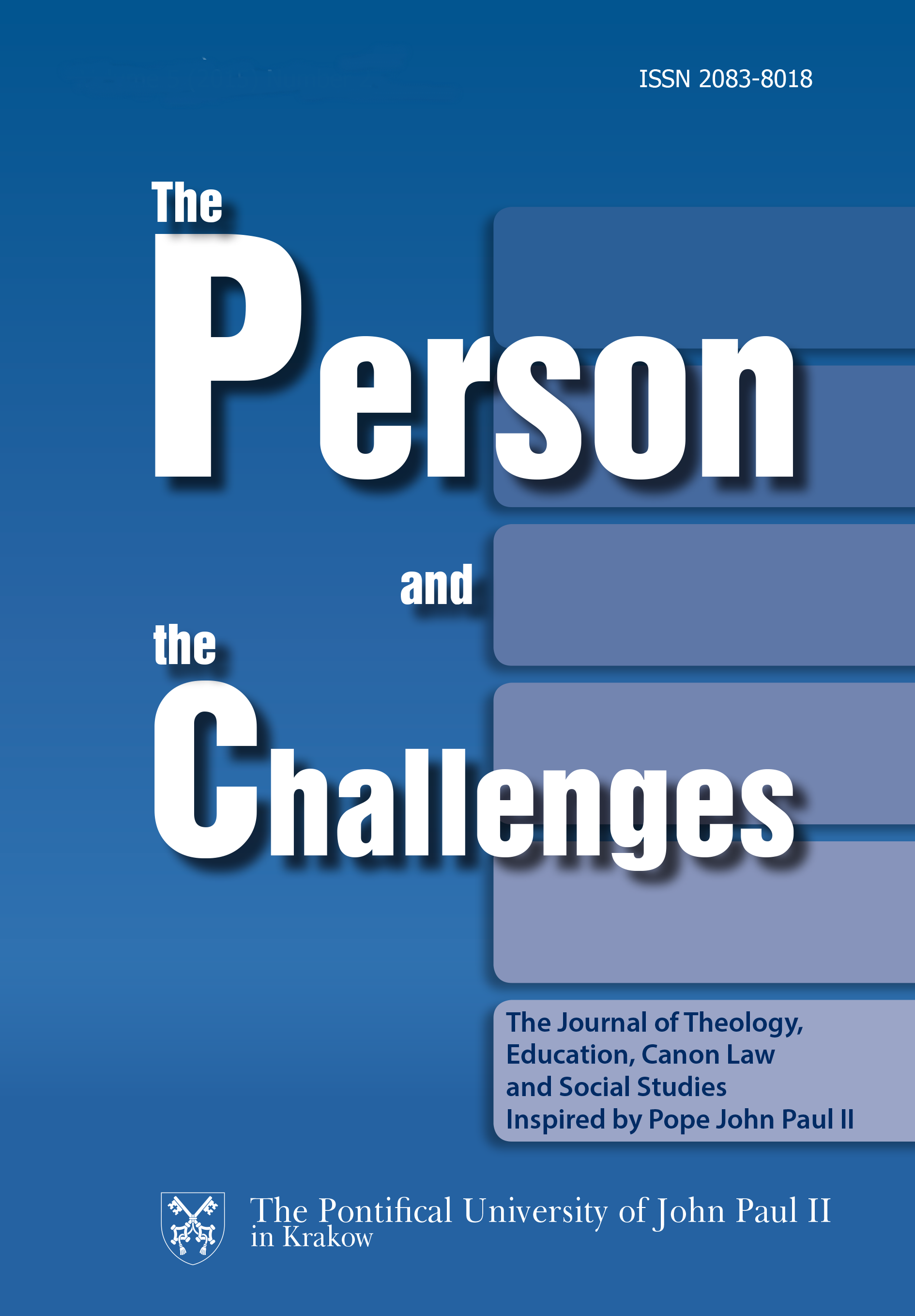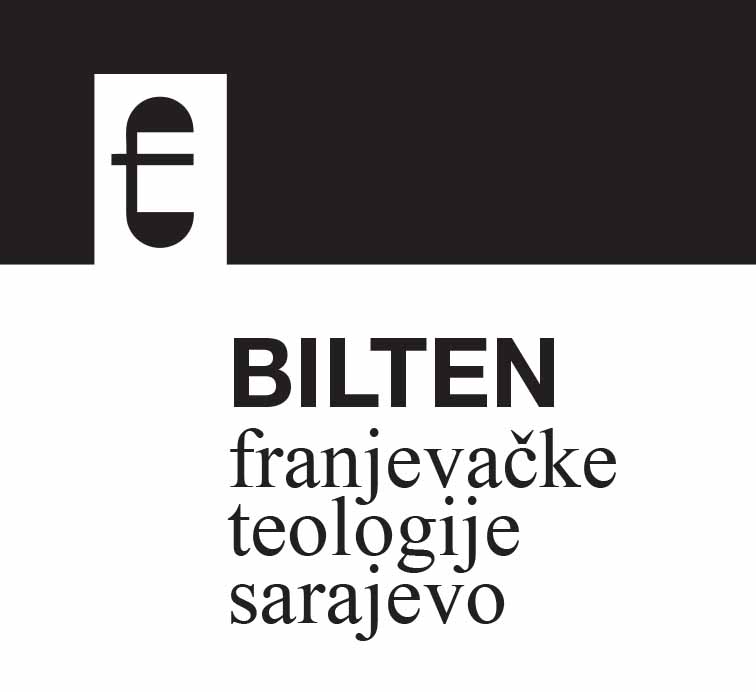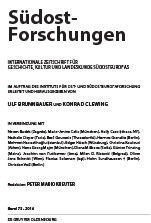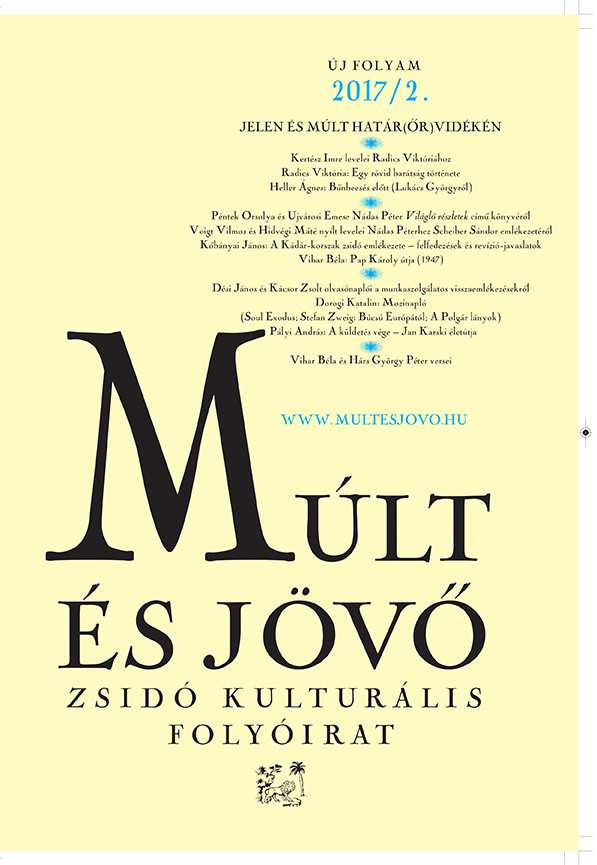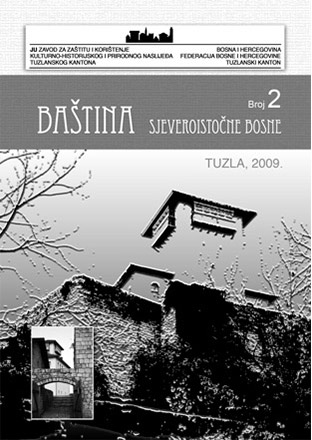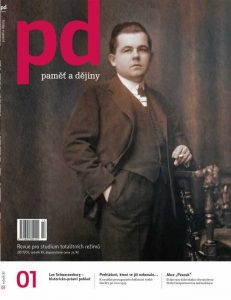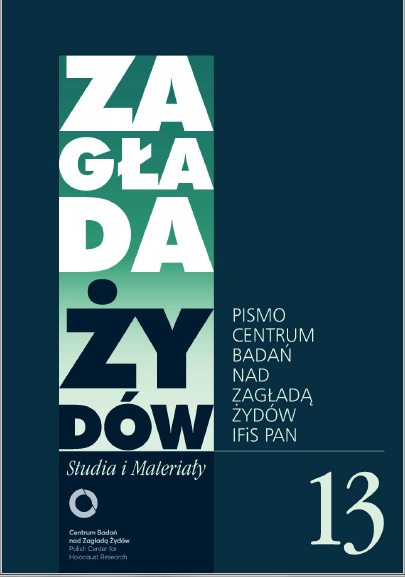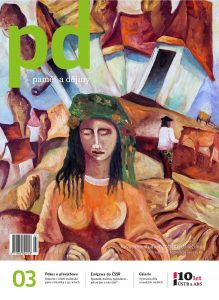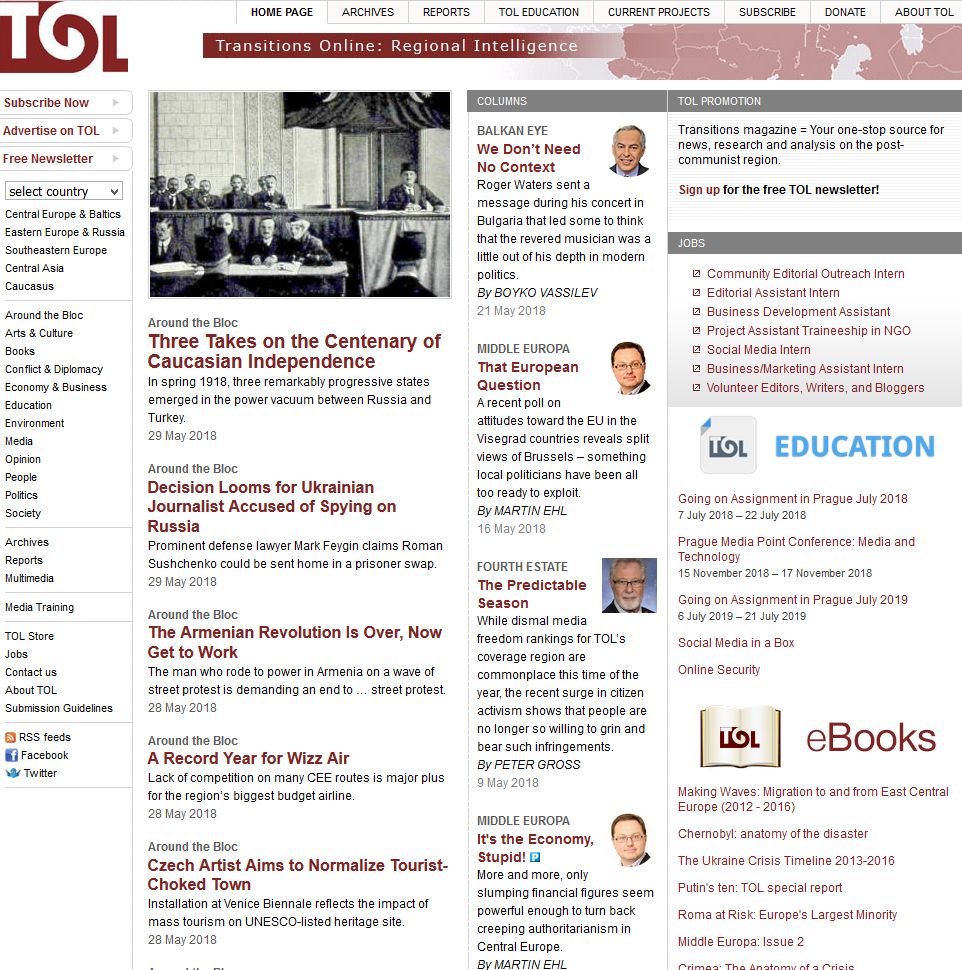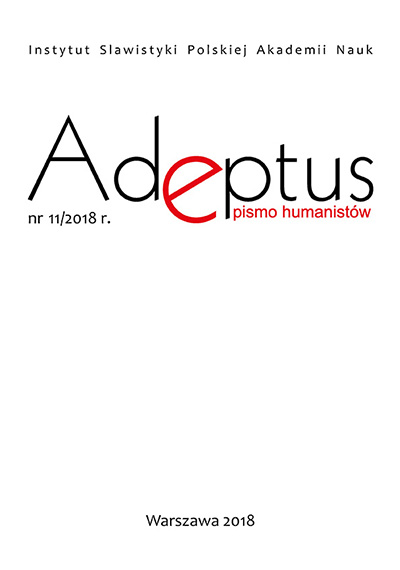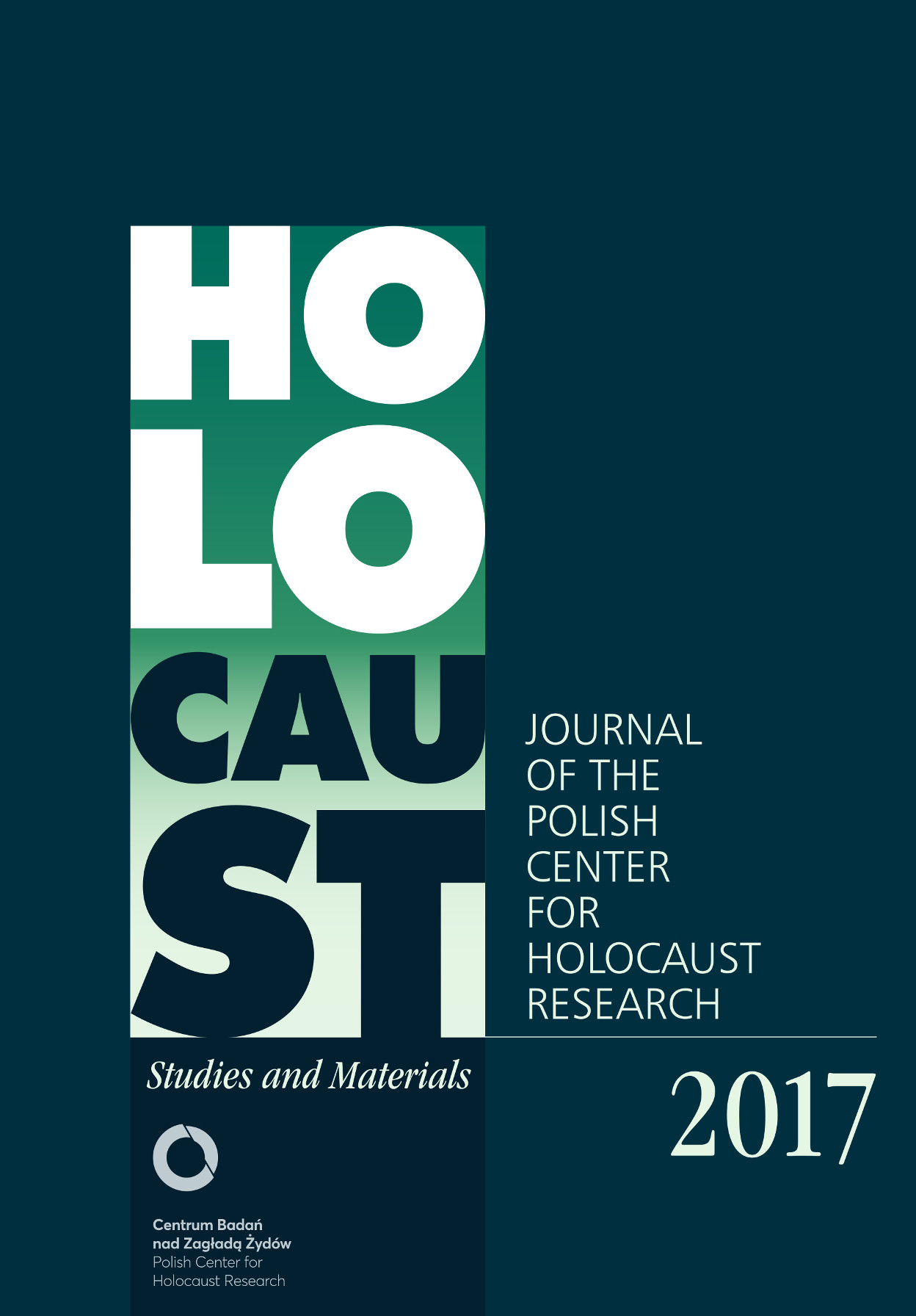Author(s): Inga Mizdrak / Language(s): Italian
Issue: 1/2017
The quest for and the discovery of the meaning of life, so basic to human existence, play a fundamental role in the process of self‑ discovery, that is, in the examination of our own identity, subjectivity and the “self ”. Underlying this quest are not merely vague approximations to what man is, but clear fundamental dimensions of humanity: freedom and responsibility.Etty Hillesum and Victor Frankl, take different perspectives on the meaning of life of a person who experiences himself, the world, others and God in the face of war and extreme circumstances (Etty perished in Auschwitz, Frankl survived the concentration camps). However, they both point to the universal trait of the utmost engagement of the will and the assumption of responsibility for one’s life, despite the inevitability of death and the prevalent “cultural hibernation”.In both analyses, freedom appears as a response to reality, to the here and now. That response, as such, means taking responsibility for reality and its shape. Hence it an important question to ask would be what it means to take control of one’s destiny. Is it an obligation, a task, life’s demand, or perhaps just submission to what life may bring? Freedom, which is constantly threatened, must fight for itself. This happens owing to the will to live, which first evokes meaning and then the obligation of taking responsibility for oneself, for others, and even for God himself.
More...
